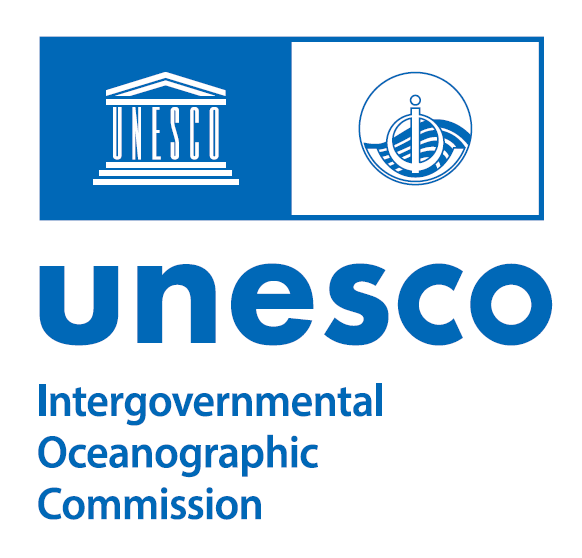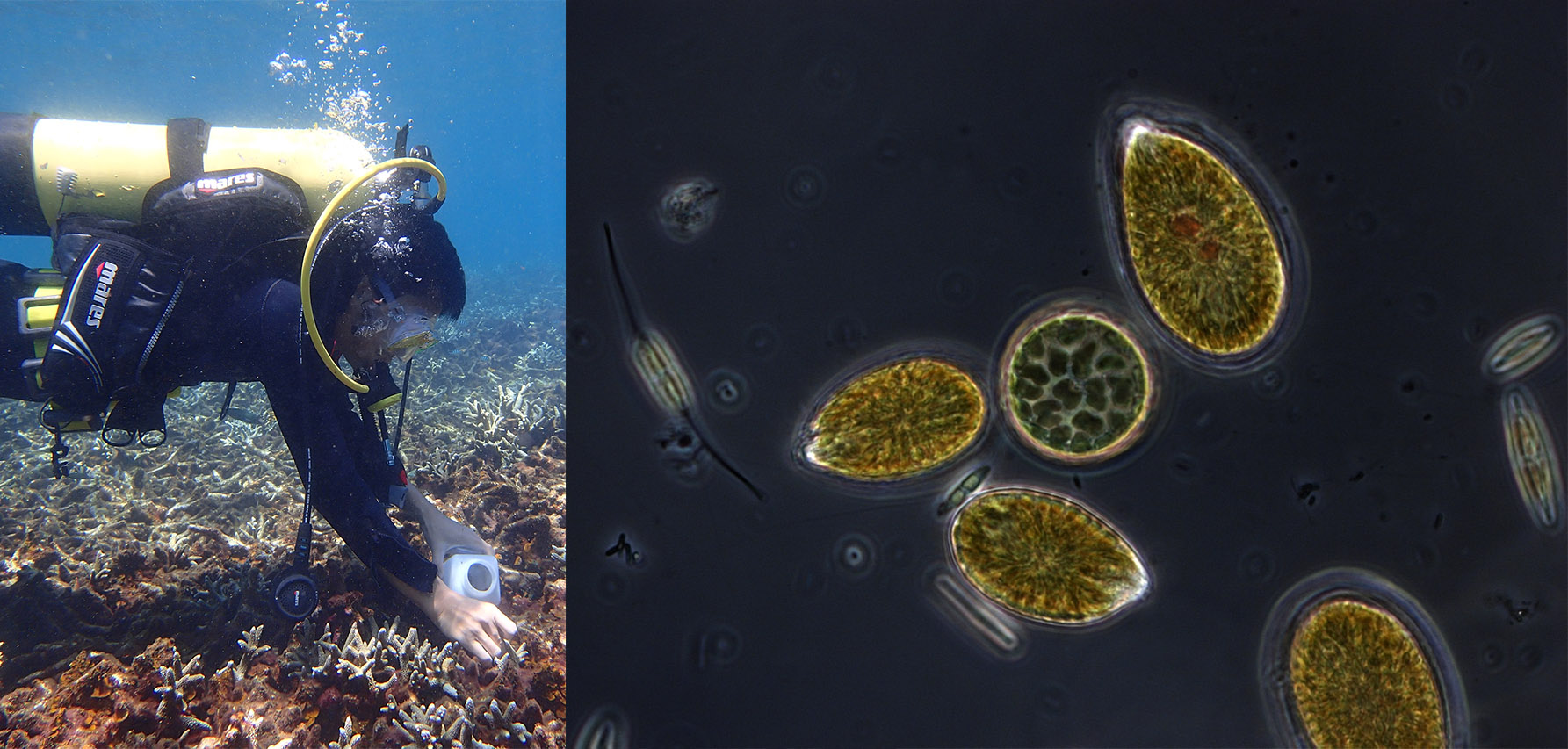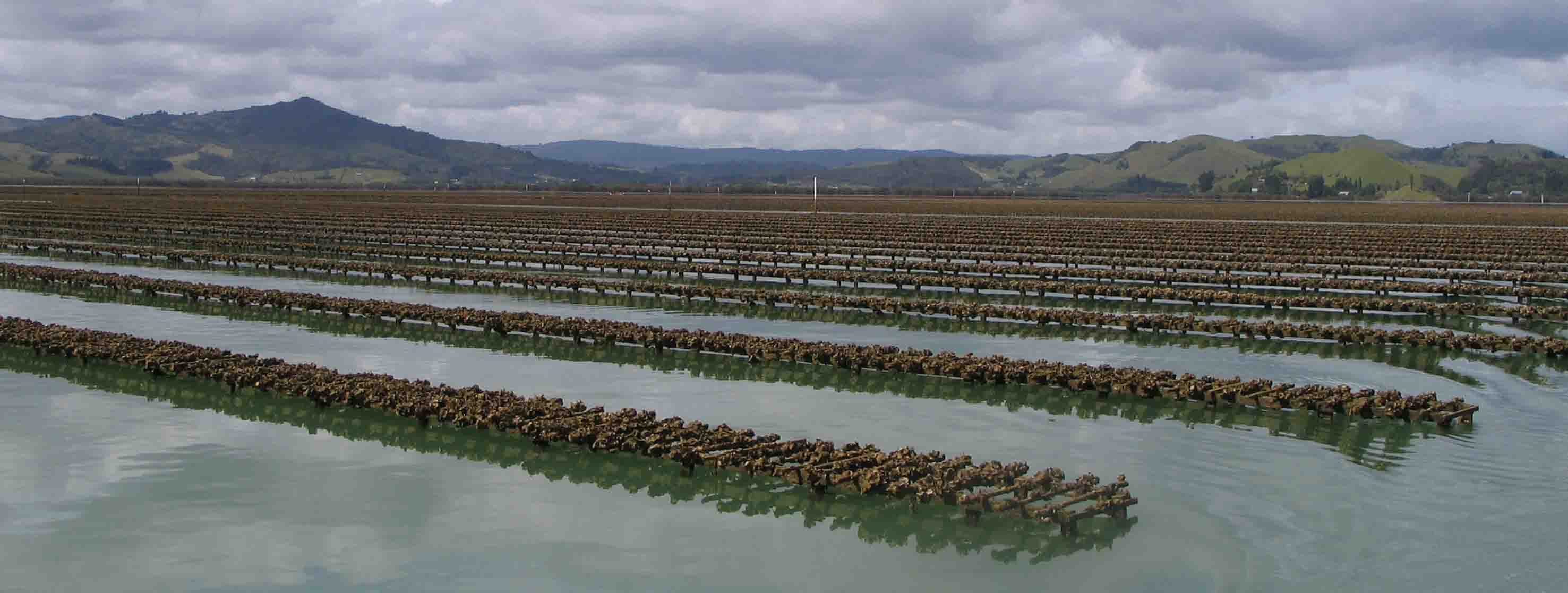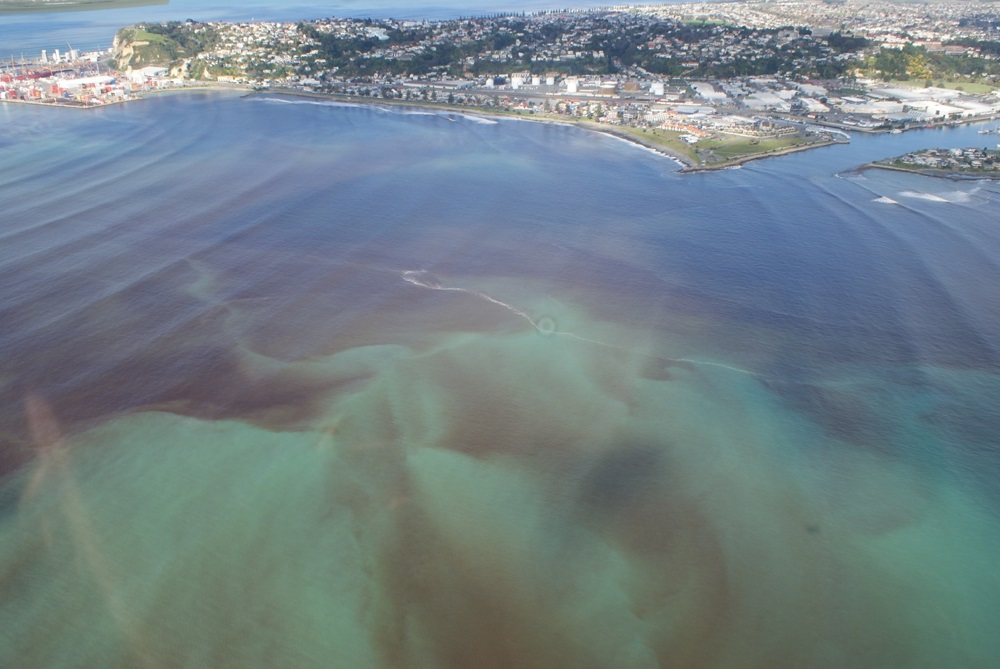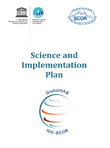PROJECT TITLE: International Collaborative Study for the Validation of a HILIC-MS/MS Method for Analysis of Paralytic Shellfish Toxins and Tetrodotoxin in Live Bivalve Molluscs
Scope: Global
Type: Research
Time frame: January 2017 to September 2018
Principal Investigator: Dr Andrew D. Turner
Address: Centre for Environment Fisheries and Aquaculture Science (Cefas)
Tel/Fax: +44 (0)1305 206636 / +44 (0)1305 206601
E-mail: This email address is being protected from spambots. You need JavaScript enabled to view it.
Home page URL: https://www.cefas.co.uk/
Other key persons: Dr Tim Harwood, Cawthron Institute, New Zealand
Objectives:
The aim of this project will be to conduct a Collaborative Study of the LC-MS/MS method for PSP toxins and Tetrodotoxin in shellfish, using a suitable number of international toxin testing laboratories. The work will require active collaboration with organisations worldwide to validate the method, ultimately demonstrating its fitness for purpose for official control testing. The final achievement will involve the delivery of an extensive data set, the publication of the collaborative study and ultimately the delivery of a formally-approved official method of analysis.
The project will be conducted through a collaborative study lead by Dr Andrew Turner at Cefas together in partnership with Dr Tim Harwood at Cawthron Institute. Additional guidance will be provided by Dr James Hungerford, USFDA and Co-chair of AOAC Marine Toxin Task Force and Dr Paul McNabb, marine toxin analysis expert.
Implementation progress and outcomes:
The collaborative study that led to the PST/TTX analysis by LC-MS/MS known as the "Boundy Method" was completed and published in 2019. It was the result of a successful participation of 21 laboratories from around the world (Europe, Australasia, Asia, North and South America and the Indian sub-continent). The study consisted of the analysis of shellfish sourced from six continents, a wide variety of phytoplankton, toxin profiles and sample toxicities, as well as LC-MS/MS instruments. Quantitative data in 34 separate shellfish tissue samples, comprising multiple blind duplicates enabled the assessment of method reproducibility, repeatability and trueness.
The new validated method (Turner et al., 2020) includes faster turnaround times, greater accuracy and overall cost savings in terms of analyst time when compared to other accredited analytical methods used for monitoring this toxin class in shellfish (e.g., the Lawrence method; AOAC OMA 2005.06). Since the publication of the method, it is being used in New Zealand by the seafood industry and regulatory agency (Ministry for Primary Industries -MPI) for control of PSP toxins in bivalve mollusks and shellfish tissues. Multiple laboratories in Europe have expressed their desire to move to this method if given the opportunity by the EU legislation. The method has also become an essential research tool in recent years for laboratories wishing to conduct more accurate profiling of PSP toxin distributions in a wide range of aquatic organisms.
Cawthron scientists have provided training and informal mentoring and guidance to Analytical Services Tasmania, an Australian laboratory who have implemented the method within their laboratory and now use it for regulatory control purposes. Several informal training courses have been conducted at Cefas, providing background and practical on-the-job training for scientists wishing to learn about use of the method.
Information about the method and the associated validation study can also be found at the Cawthron web side: https://www.cawthron.org.nz/our-news/international-study-leads-to-validation-of-cawthron-institutes-world-leading-seafood-safety-testing-method/
Relevant papers:
Turner, A.D., Dhanji-Rapkova, M., Fong, S.Y.T., Hungerford, J., McNabb, P.S., Boundy, M.J. and Harwood, D.T. (2020). Ultrahigh-performance hydrophilic interaction liquid chromatography with tandem mass spectrometry method for the determination of paralytic shellfish toxins and tetrodotoxin in mussels, oysters, clams, cockles and scallops: collaborative study. J. AOAC International. 103, 533-562, https://doi.org/10.5740/jaoacint.19-0240
Ultra-High Performance Hydrophilic Interaction Liquid Chromatography with Tandem Mass Spectrometry Method for the Determination of Paralytic Shellfish Toxins and Tetrodotoxin in Mussels, Oysters, Clams, Cockles and Scallops: Collaborative Study. Final project study report, June 2019. Submitted to EURL, Vigo for assessment and all study participants. Turner, A.D. (Cefas), Boundy, M and Harwood, D.T (Cawthron). Study advisors: Hungerford, J. (USFDA), McNabb, P. (consultant).
Turner, A.D., Boundy, M.J. and Dhanji-Rapkova, M. (2017) Single laboratory validation of a LC-MS/MS method for quantitation of Tetrodotoxins in mussels and oysters. J. AOAC International. 100(5) 1-14
Boundy, M.J., Selwood, A.I., Harwood, D.T., McNabb, P.S. and Turner, A.D. (2015) Development of a sensitive and selective liquid chromatography-mass spectrometry method for high throughput analysis of paralytic shellfish toxins using graphitised carbon solid phase extraction. J. Chrom. A., 1387, 1-12
 CEFAS Aquatic Toxins Team. Study coordinator Dr Andy Turner is located front middle
CEFAS Aquatic Toxins Team. Study coordinator Dr Andy Turner is located front middle
 Cawthron marine toxin analysts Emilie Burger, Michael Boundy, Dr Tim Harwood (left to right)
Cawthron marine toxin analysts Emilie Burger, Michael Boundy, Dr Tim Harwood (left to right)

